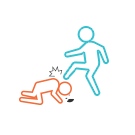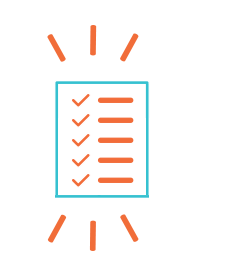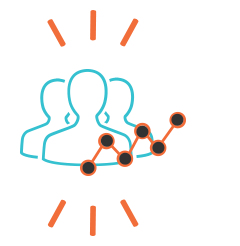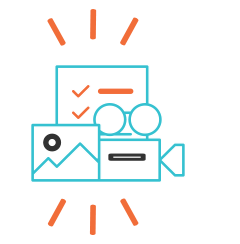Violence in Childhood
Every day, millions of boys and girls around the world experience severe forms of violence – physical, emotional or sexual. Violence of any kind is unacceptable, but it is particularly reprehensible when directed against helpless and powerless children. Children exposed to violence not only suffer immediate injury, but also live in fear, and are unable to realise their full potential. The Ending Violence in Childhood: Global Report 2017 published by Know Violence in Childhood: Global Learning Initiative in September 2017 makes a strong case for the prevention of childhood violence.
An essential starting point for State action is robust and regular measurement of violence indicators, which in turn can help to track progress over time. Ideally, such measurement should cover children across different age groups and record all forms of violence across different settings. The requirement of countries to report on progress towards the SDGs provides an excellent opportunity for governments to start strengthening their data gathering systems on violence.
Reliable data on inter-personal violence in childhood are difficult to obtain. This is partly because such violence takes place within relationships and is hidden by a strong culture of silence. Fearing potential stigma or retribution, many children and women are reluctant to report abuse. There are also significant gaps in the availability of comparable international data.
To address the problem of data gaps, Know Violence in Childhood has estimated missing values of prevalence rates for six indicators of violence against children: child homicide rate, corporal punishment at home, violence among peers (an indicator each on bullying and physical fights) and violence experienced by adolescent girls (physical violence since age 15 and forced sexual violence including in childhood). Drawing on these estimated indicators, the Ending Violence in Childhood: Global Report 2017 provides global estimates of the burden of interpersonal violence experienced by children.
In 2015, at least three out of four of the world’s children – 1.7 billion – had experienced interpersonal violence in a previous year. This figure includes:


















